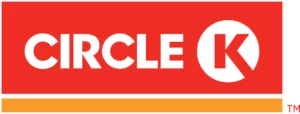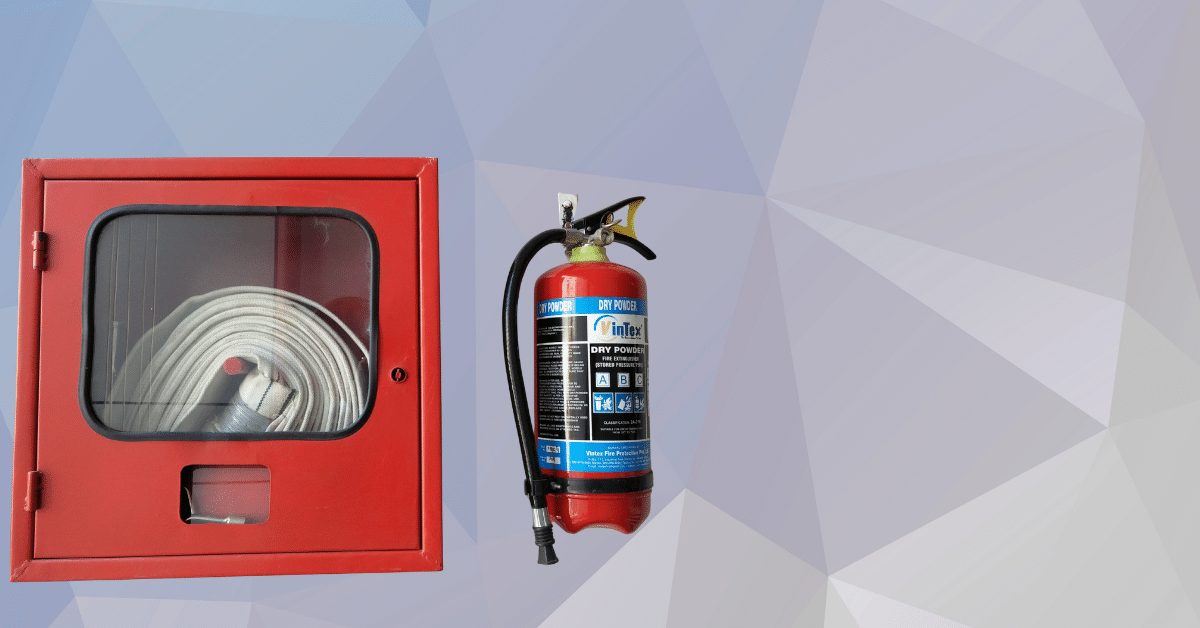Ever wonder how companies ensure they’re on track to meet their goals? It’s not just guesswork—it’s strategy. One of the most effective tools they use is performance gap analysis.
This method guides the strategic decisions to close these gaps and reveals areas requiring development. Still, the success of a performance gap study mostly rests on the participation and involvement of important players, the stakeholders.
Stakeholders provide different viewpoints, knowledge, and tools to ensure the accuracy of the analysis and the implementation of the required adjustments to increase performance.
In this blog, we will discuss the value of including stakeholders in performance gap analysis, strategies for properly involving them, and useful tools and frameworks to facilitate the process.
Understanding the Role of Stakeholders in Performance Gap Analysis
Before delving into stakeholder engagement, we must understand their performance gap analysis role. Stakeholders are people or groups interested in the analysis’s results and consequent actions.
These might include staff, supervisors, executives, clients, vendors, or outside consultants. Stakeholder engagement provides special information and experience that increases awareness of the performance gap analysis.
1. Identifying the Participants
Identifying stakeholders and incorporating them in the performance gap analysis comes first. The degree of impact and process interest of stakeholders helps classify them.
Important internal players include department heads, team leaders, staff members, and top leaders. When performance gaps pertain to service delivery or product quality, other stakeholders—such as suppliers or consumers—can also offer insightful commentary.
2. Provide Insights And Shape Feasible Solutions
Stakeholders are quite helpful in providing ideas that might influence workable solutions.
They are a great source of qualitative data since they have front-line expertise that enables one to spot areas and causes of gaps.
Involving stakeholders in the process helps companies access several points of view that suggest more reasonable and pragmatic solutions.
3. Early Engagement For Accurate Gap Identification
Early in the performance gap analysis process, involving stakeholders is important.
Their participation in the early phases of the research guarantees that the gaps found are correct and reflect the company’s real difficulties. Early involvement helps build responsibility and ownership, which forms the basis for effective efforts to close gaps.
Conducting Workshops and Collaborative Sessions
Workshops and group meetings are among the best approaches to include participants in performance gap analysis.
These meetings provide a forum for stakeholders to exchange knowledge, discuss difficulties, and work on possible fixes. Structured conversations help companies ensure that the gap analysis process is targeted, effective, and in line with corporate objectives.
1. Reasons & Benefits of Gap Analysis to Secure Buy-In
Explaining the advantages of performance gap analysis will help guarantee that stakeholders are totally involved. Stakeholders must grasp the study’s aim and how it will directly affect the company’s performance.
Giving background on the need to close performance gaps will help guarantee ownership, buy-in, and dedication from all the engaged parties.
2. Structured Discussions To Improve Brainstorming
Structured conversations are crucial for directing the ideation process in team meetings.
Tools such as SWOT analysis, fishbone diagrams, and the Opportunity Solution Tree can help visualize the several components of the gap and inspire ideas for remedies.
These models guarantee that the discussion stays on target and covers all pertinent facets of the performance gap by offering a precise and targeted problem-solving method.
3. Creating a Sense Of Ownership And Buy-In For Proposed Changes
Stakeholder seminars often leave participants feeling responsible. When stakeholders help identify problems and suggest solutions, they are more likely to take charge of implementing the changes.
This buy-in guarantees not just feasibility but a higher likelihood of effectively implementing the suggested modifications since stakeholders will be driven to carry out the required measures.
Using Templates and Structured Frameworks
Good stakeholder engagement in performance gap analysis requires the use of interactive, visual tools to direct conversations and preserve focus.
Clear standards for spotting, evaluating, and fixing performance flaws are provided to stakeholders using templates and structured frameworks. These instruments ensure that all pertinent elements are considered and discussed, guiding the conversation in its proper direction.
1. Leading Stakeholders with Visual Tools
The Opportunity Solution Tree is one such instrument that aids in mapping the interactions among issues, prospects, and possible solutions.
It helps stakeholders view the whole extent of the discrepancy, picture the several reasons, and spot possible interventions. This method guarantees that the group stays oriented on feasible answers and helps to prevent uncertainty.
2. Conducting Targeted Discussions
Using templates and frameworks also helps to maintain a thorough and targeted approach to conversation.
Using tools such as SWOT analysis, Fishbone diagrams, and McKinsey’s 7S framework, stakeholders can methodically arrange their ideas so that all facets of the performance difference are investigated.
These instruments provide a methodical problem-solving approach and help identify possible remedies for the gap and its underlying causes.
3. Communicating Findings Effectively
Once stakeholders have been included and the performance difference has been closely examined, effective communication of the results is crucial.
4. Visual Aids (Diagrams, Charts)
Visual tools such as charts and diagrams can be quite successful when communicating complicated facts and analysis.
These visualizations help stakeholders rapidly and simply understand the important conclusions, enabling a better-informed decision-making process.
A bar chart displaying the current vs. desired performance levels, for instance, can highlight gaps that need immediate attention.
Presentation Skills Basics: Punching up Your Presentation Course
5. Executive Summaries
An executive summary—highlighting the most significant observations and recommendations—is a high-level assessment of the results.
Senior leadership and other essential decision-makers who might not have the time to go over the entire report but need to grasp the main points of concern and next actions benefit most from this summary.
6. Customizable Dashboards
Another great tool for presenting results is customizable dashboards.
These dashboards let interested parties examine performance gaps, obtain real-time data, and monitor development over time. Dashboards give participants a dynamic, interactive means to remain involved and informed throughout the gap-closing process.
Introduction To Data Analytics Using Microsoft Power BI (Course)
7. Cooperation Tools for Real-Time Feedback
Collaboration solutions such as chat applications and shared document systems make real-time comments and continuous conversation possible.
These instruments enable participants to constantly contribute ideas and make necessary changes, ensuring the gap analysis process stays iterative and sensitive to fresh data.
8. Gap Analysis Templates
Using gap analysis models such as SWOT, Fishbone, McKinsey 7S, and PEST guarantees a uniform, orderly presentation of the results.
These models enable participants to grasp the larger background of the performance difference and the internal and external elements possibly affecting it.
9. Specialized Software
Documentation and reporting specialized tools can help to simplify the gap analysis procedure and raise the accessibility and clarity of the results.
These instruments help companies record decisions, monitor development, and create thorough reports ready for distribution to all company stakeholders.
Addressing Challenges and Ensuring Alignment
Involving participants in the process of performance gap analysis comes with specific difficulties. Early on, addressing possible challenges is crucial to maintaining alignment throughout the process.
Establish Shared Objectives From The Outset
One of the toughest issues in including stakeholders is ensuring everyone is in line with the gap analysis’s goals. Starting with common objectives guarantees that all the stakeholders are striving toward the same aims and helps avoid misunderstandings.
Conduct Regular Check-Ins And Feedback Loops
Feedback loops and regular check-ins give chances to resolve conflicts, clear misunderstandings, and change plans as necessary. These contacts guarantee that all the participants stay involved and dedicated to bridging the gap and helping to keep momentum.
Conclusion
Maintaining the process’s accuracy, comprehensiveness, and efficacy depends on including stakeholders in performance gap analysis.
Early engagement of important stakeholders, cooperative seminars, and application of organized tools and frameworks help companies to find performance gaps and apply focused solutions precisely.
There’s no doubt that the role of stakeholders in performance gap analysis will only become more important as businesses keep aiming for excellence.
Engaging stakeholders from the start can take your performance analysis to the next level. Contact Coggno to see how we can help! [Get in touch now.]


















